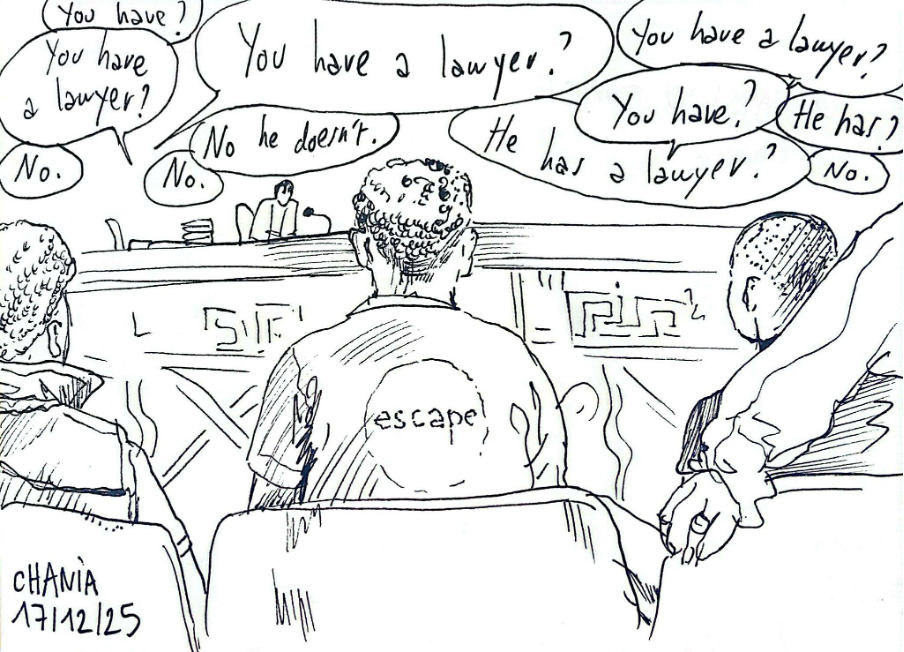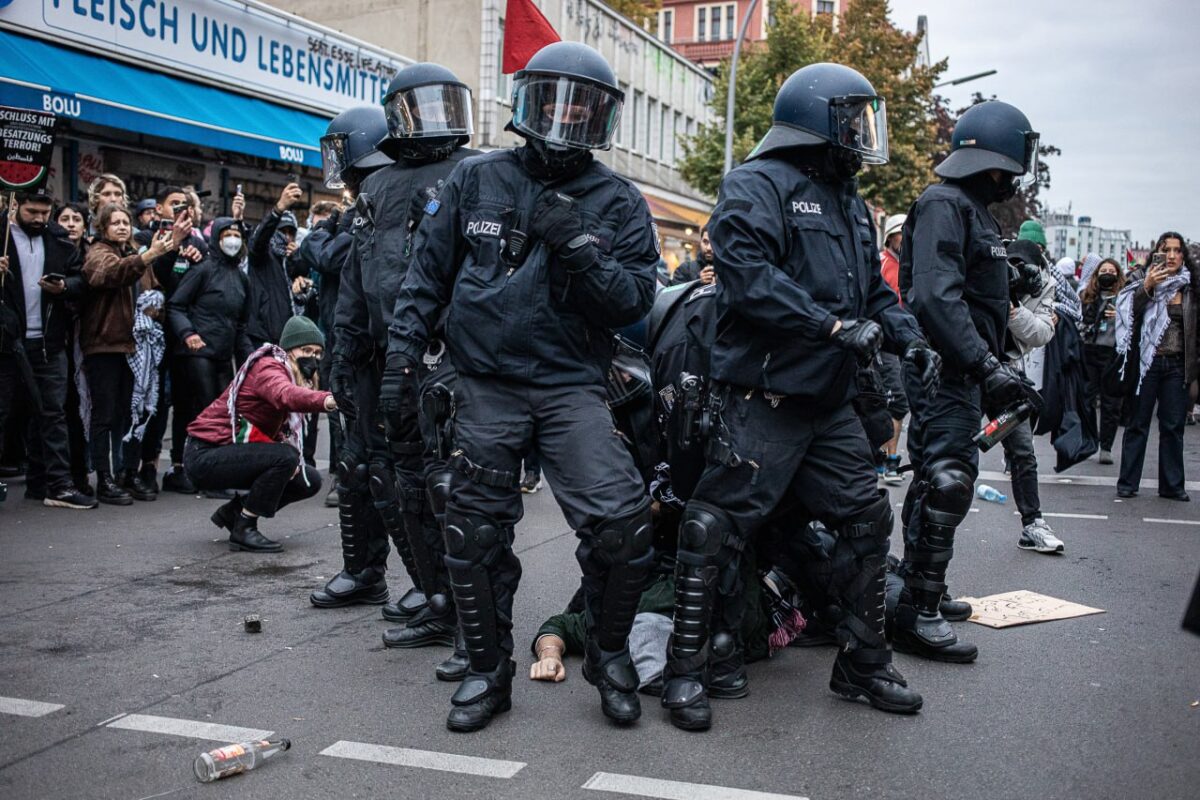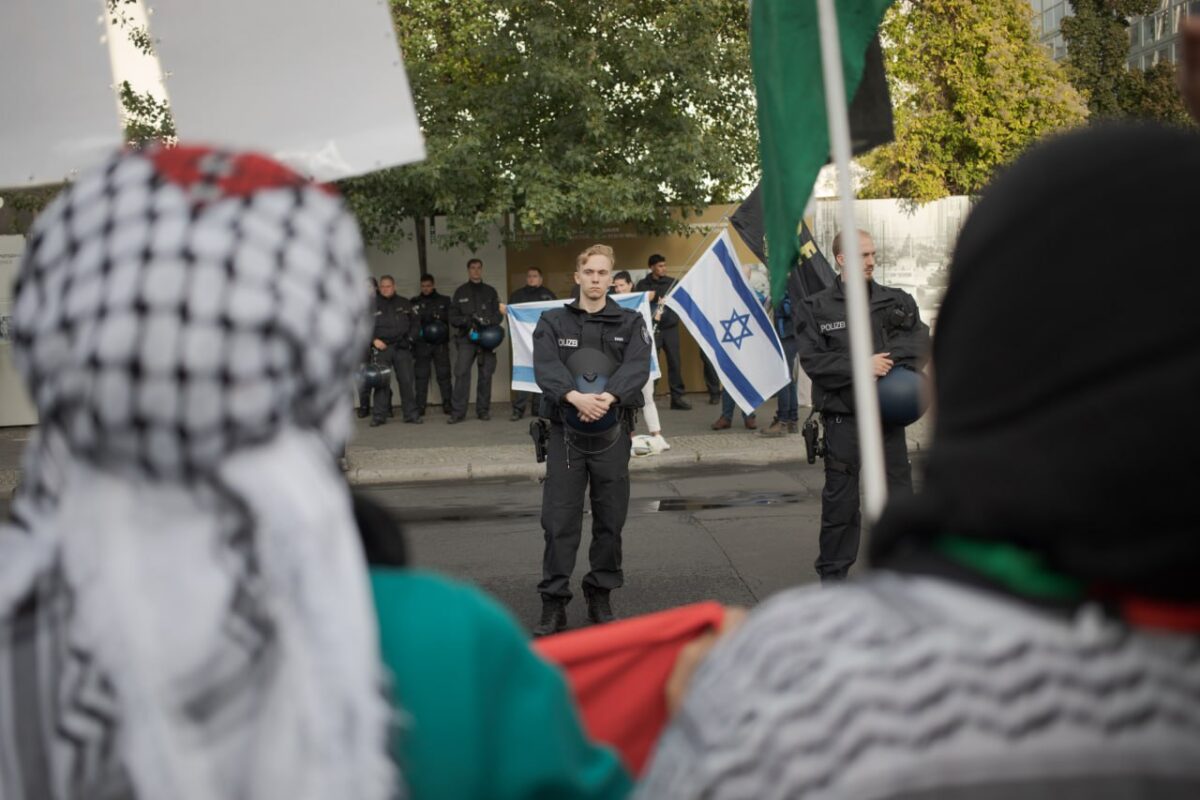No more noisy marching for the NHS?
As a campaigning organisation, protest is the lifeblood of ‘Keep Our NHS Public’. We take the arguments out onto the streets in forms that vary from a few people leafleting on a stall, to static demonstrations in Westminster or hundreds of thousands marching through central London. During the pandemic we, like others, have been constrained by the sweeping powers given to police to restrict our rights, on top of the extensive powers they already had to limit protests. These restrictions have been accepted by a populace often more convinced of what needed to be done to reduce the spread of coronavirus infection than government itself. Now, however, those in power are moving opportunistically towards permanently eroding the right to protest. This could mean no more marching for the NHS and no more ad hoc protests like our candle lit vigil or pay protests outside Downing Street, and fines of £2,500 for a single protestor with a megaphone or melodeon!
What is the legislation for?
The bill is almost 300 pages long, yet was made available for scrutiny only a week before debate opened in parliament. Two days later, Her Majesty’s Inspectorate of Constabulary and Fire and Rescue Services (HMICFRS) published its plans for the future of policing protests. The report outlines a “need to develop” covert intelligence gathering methods and an increased use of facial recognition technology. This despite a court of appeal ruling that the use of such technology breached privacy rights and broke equality law. It also supports expanding stop and search “to prevent serious disruption caused by protests”. This is partly a response to recent effective environmentalist actions.
The government does not anticipate that the new ‘Police, Crime, Sentencing and Courts Bill’ will actually reduce crime. The Home Secretary has tried to sell it by saying it will see sexual offenders face longer sentences and new crimes will be added to the statute book. However, the fact that the police would be given new powers to tackle non-violent protests deemed likely to have a “a significant disruptive effect on the public or on access to parliament”, was not highlighted. Nor was it revealed that these new powers would include setting conditions on the duration of protests, maximum noise levels and location.
In fact, there is little in the bill to protect women, more than 1.6 million of whom experienced domestic abuse during 2019 while only a tiny minority of those who committed the assaults were charged. Meanwhile, the budget to the Ministry of Justice (“working to protect and advance the principles of justice”) has been cut by around 25%, and the Ministry is currently setting its sights on how it might curb pesky judicial reviews. Incongruously, and as an example of the ongoing ‘war on woke’, damage to a statue such as that of Bristol slave owner Edward Colston, could attract a custodial sentence of 10 years, twice as long as one for rape. Among other unacceptable features, it is the bill’s intent to criminalise the living circumstances of Gypsy, Roma and Traveler communities.
The ‘Old Bill’ and the new bill
The bill wants to allow police to impose conditions such as start and finish times and maximum noise levels at static protests. HMICFRS is calling for organisers to provide advance notice of their plans and the enabling of police to ban assemblies of what are now termed “aggravated activists”. The police can impose restrictions simply if demonstrations are noisy or likely to cause “serious unease” or “serious annoyance”. Such vaguely worded terms allowing wide interpretation are clearly a huge danger to our democratic rights. The Home Secretary would have powers to create laws without parliamentary approval, to define “serious disruption” to communities and organisations, which police can then rely on to impose conditions on protests.
What it means
The Home Secretary, Priti Patel, has made no secret of where her sympathies lie. She describes those standing up in peaceful protests for the dignity of Black lives and against police brutality as “dreadful”, while referring to Extinction Rebellion as “so-called eco-crusaders turned criminals”. The recent brutal response of the Metropolitan police force to the vigil for Sarah Everard on Clapham Common has shown how during a pandemic the misuse of police powers is a genuine threat, and makes the argument that giving them even more powers is the wrong thing to do. It appears that the Home Secretary made it clear to the police that she wanted the vigil stopped.
The whole point of protest is that it does have an impact and may well cause unease or annoyance to those who do not agree with its aims. The value of our freedom to assemble peacefully and express our views is supremely important, and protected in law by the Human Rights Act 1998. The proposals in the bill are clearly a clampdown on protest with too many discretionary powers being given to the Home Secretary and the police. More than 150 groups, including human rights charities, unions and faith organisations have warned that it will have a hugely detrimental effect on civil liberties.
While some politicians are always keen to appear tough on law and order they are commonly less concerned with the victims of crime. Many people who were not moved to defend environmental or black lives matter protestors have now seen the shocking spectacle of a peaceful vigil organised by women broken up by police. The proposed legislation is meant to have a chilling effect on protest and has been described succinctly by the civil liberties group Liberty as an “assault on our rights”, that carries a risk of “stifling dissent and making it harder for us to hold the powerful to account”. The government’s brand of authoritarian populism is trying to channel nationalism behind a cry of ‘order’, but all those who want to defend the right to protest need to engage in the fight against this bill – health campaigners as much as anyone else. Look out for events near you.




